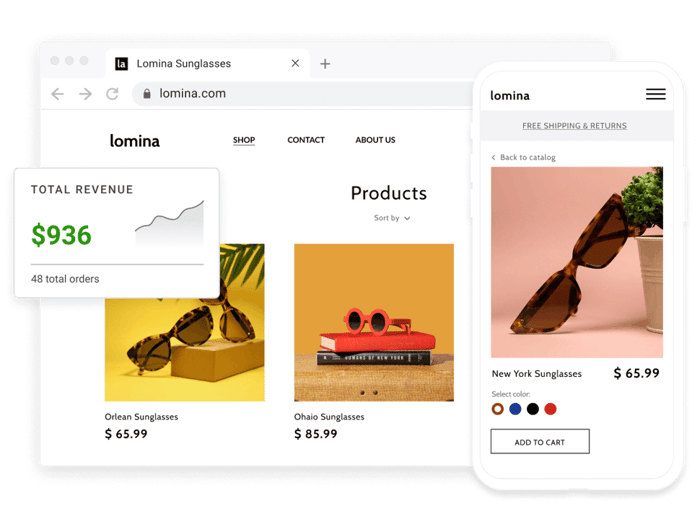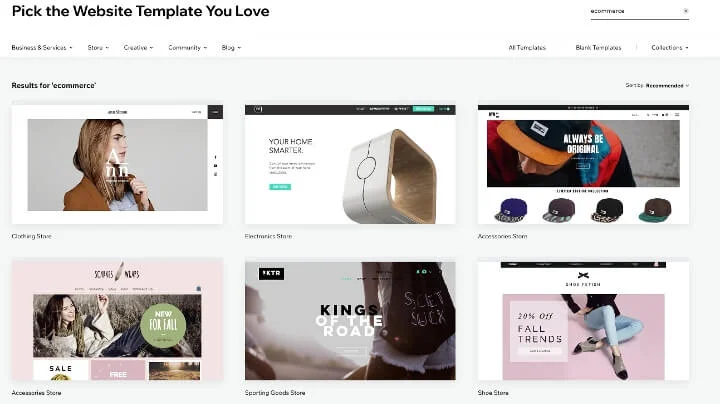In the digital age, starting an online business has become an accessible and lucrative venture for entrepreneurs around the world. Australia, with its thriving economy and tech-savvy population, provides an excellent environment for launching and growing an online business. In this comprehensive guide, we’ll walk you through the essential steps to set up your online business in Australia.





Step 1: Market Research and Planning
Before diving into the world of online entrepreneurship, it’s crucial to conduct thorough market research. Identify your target audience, analyze competitors, and assess the demand for your products or services in the Australian market. Use this information to develop a solid business plan that outlines your goals, strategies, and financial projections.
Step 2: Choose a Business Structure
Selecting the right business structure is a crucial decision that will impact your business’s legal and financial aspects. In Australia, common business structures include sole trader, partnership, company, and trust. Consider consulting with a professional advisor to determine the most suitable structure for your online business.
Ask T1K1 Co about Design Options For Your Online Store
Step 3: Register Your Business
Once you’ve chosen a business structure, you’ll need to register your business with the Australian government. The Australian Business Number (ABN) is a unique identifier for your business, and registering for Goods and Services Tax (GST) may be necessary depending on your annual turnover.
Step 4: Secure Your Domain Name
Choose a memorable and relevant domain name for your online business. Ensure that the domain name is available and register it through a reliable domain registrar. A .com.au domain is often preferred for businesses targeting the Australian market.
Step 5: Set Up Your Website
Your website is the virtual storefront for your online business. Choose a reliable web hosting provider and design a user-friendly and visually appealing website. Consider hiring a professional web designer if needed. Ensure that your website complies with Australian consumer protection laws and includes essential pages such as terms and conditions, privacy policy, and contact information.

Step 6: Payment Gateways and E-commerce Platforms
Integrate secure and user-friendly payment gateways to facilitate online transactions. Popular options in Australia include PayPal, Stripe, and Square. Choose an e-commerce platform that aligns with your business needs, such as Shopify, WooCommerce, or BigCommerce.
Step 7: Legal Compliance
Adhere to Australian laws and regulations to ensure the legal compliance of your online business. Familiarize yourself with consumer protection laws, privacy regulations, and e-commerce guidelines. Display clear and transparent pricing, shipping information, and return policies on your website.
Step 8: Online Marketing
Develop a robust online marketing strategy to drive traffic to your website and boost sales. Utilize social media platforms, search engine optimization (SEO), email marketing, and paid advertising to reach your target audience. Consider leveraging local influencers and partnerships to enhance your online presence.

Step 9: Logistics and Fulfillment
Establish efficient logistics and fulfillment processes to deliver products to your customers promptly. Partner with reliable courier services and optimize your inventory management. Provide accurate shipping information and offer flexible shipping options to enhance the customer experience.
Step 10: Customer Service and Feedback
Prioritize excellent customer service to build trust and loyalty. Implement a responsive customer support system and actively seek customer feedback. Positive reviews and testimonials can significantly contribute to the success of your online business.

Setting up an online business requires careful planning, adherence to regulations, and a customer-centric approach. By following these steps and staying informed about market trends, you can position your online business for success in the dynamic online market. Embrace the opportunities of the digital landscape, and with dedication and strategic planning, your online business can thrive.
